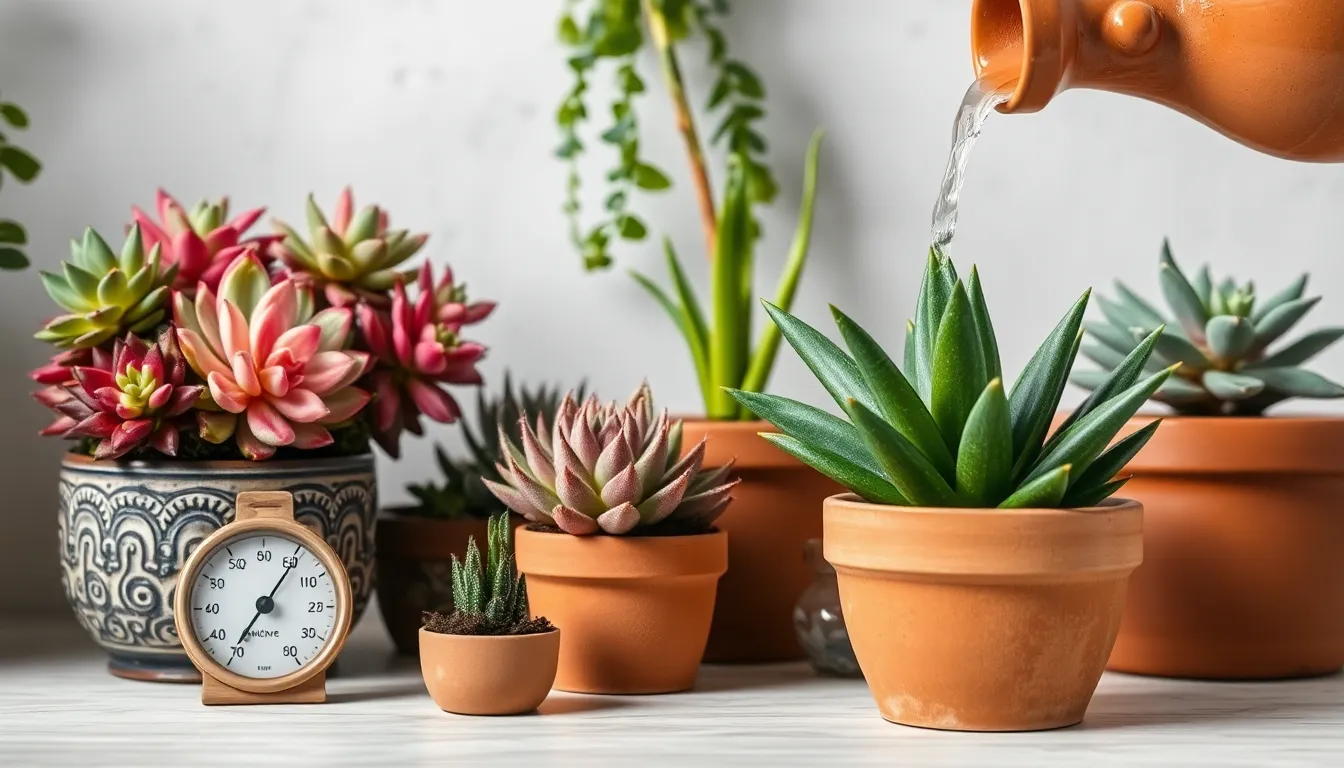Every gardener, whether just starting out or with years of experience under their belt, knows that watering is the lifeline of any garden. Yet, the art of watering plants properly often eludes many, leading to either wilting leaves or soggy roots. Understanding when and how to water your plants is not just a routine task—it’s the key to unlocking the full potential of your garden.
The importance of watering goes beyond mere survival; it influences the health, growth, and productivity of your plants. In this article, you’ll discover the nuances of watering that can transform your garden into a thriving oasis. From discerning the needs of different plant species to mastering the timing that suits your garden’s unique environment, you’ll gain insights that will make your plants flourish.
You’ll also learn practical tips that cater to both the seasoned green thumb and the enthusiastic novice. Whether you’re nurturing a windowsill herb garden or tending to a sprawling backyard, this guide will empower you with the knowledge to water confidently and effectively. So, let’s dig in and explore the wonders of watering done right, ensuring your garden’s vibrancy and resilience throughout the seasons.
Understanding Plant Water Needs
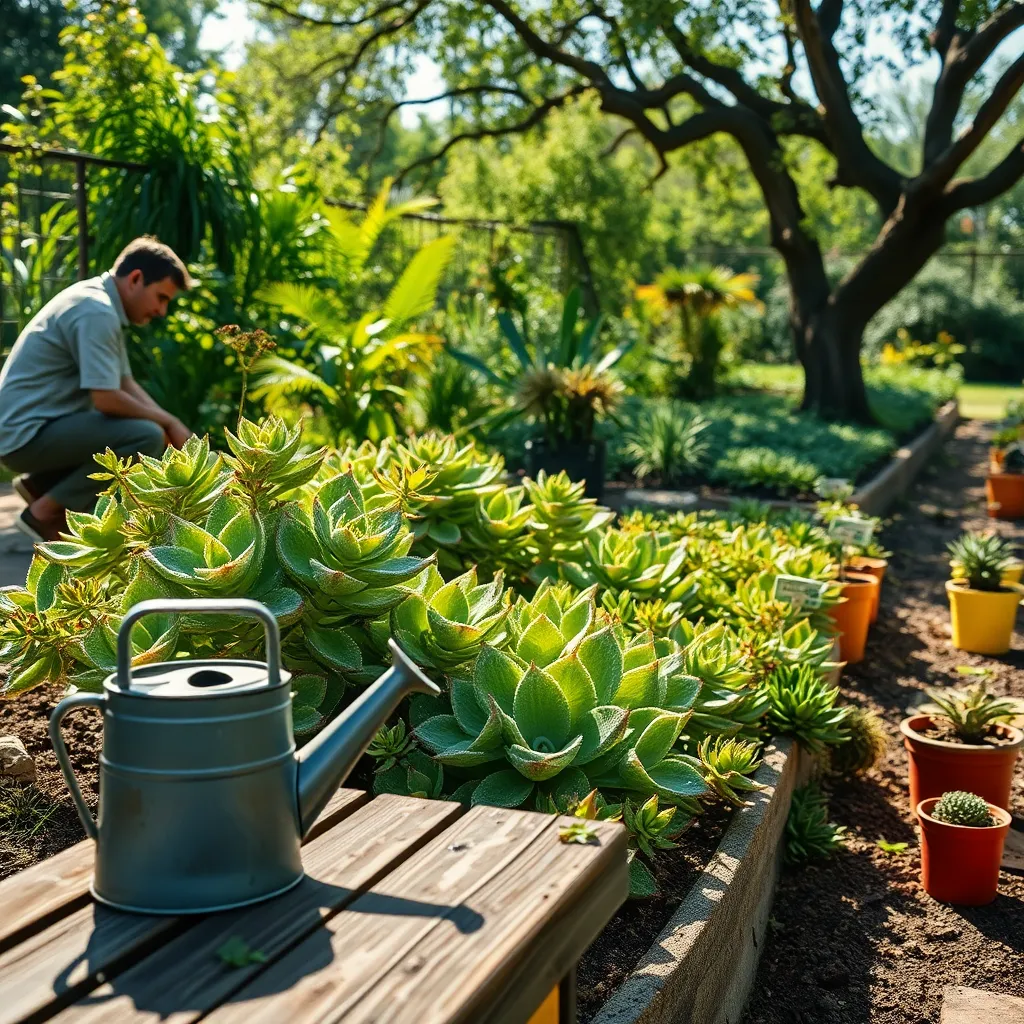
Understanding your plants’ water needs is essential for their health and vitality. Different plants have varying requirements, determined by their species, climate, and soil type.
One key aspect is the soil’s ability to retain water; loamy soil is ideal for most plants due to its balance of drainage and retention. For those growing in sandy soil, which drains quickly, consider adding organic matter to improve moisture retention.
Observing your plants is crucial for understanding their water needs. Wilting, yellowing leaves, or dry soil are signs that your plant might need more water, while soggy soil can indicate overwatering.
To achieve the right balance, test the soil moisture by sticking your finger about an inch deep into the soil. If it feels dry at this depth, it’s time to water; if it’s still moist, wait a bit longer.
For more advanced gardeners, consider using a moisture meter for precise readings. This tool can help you tailor your watering schedule to the specific needs of each plant, ensuring they thrive.
Best Times to Water Plants
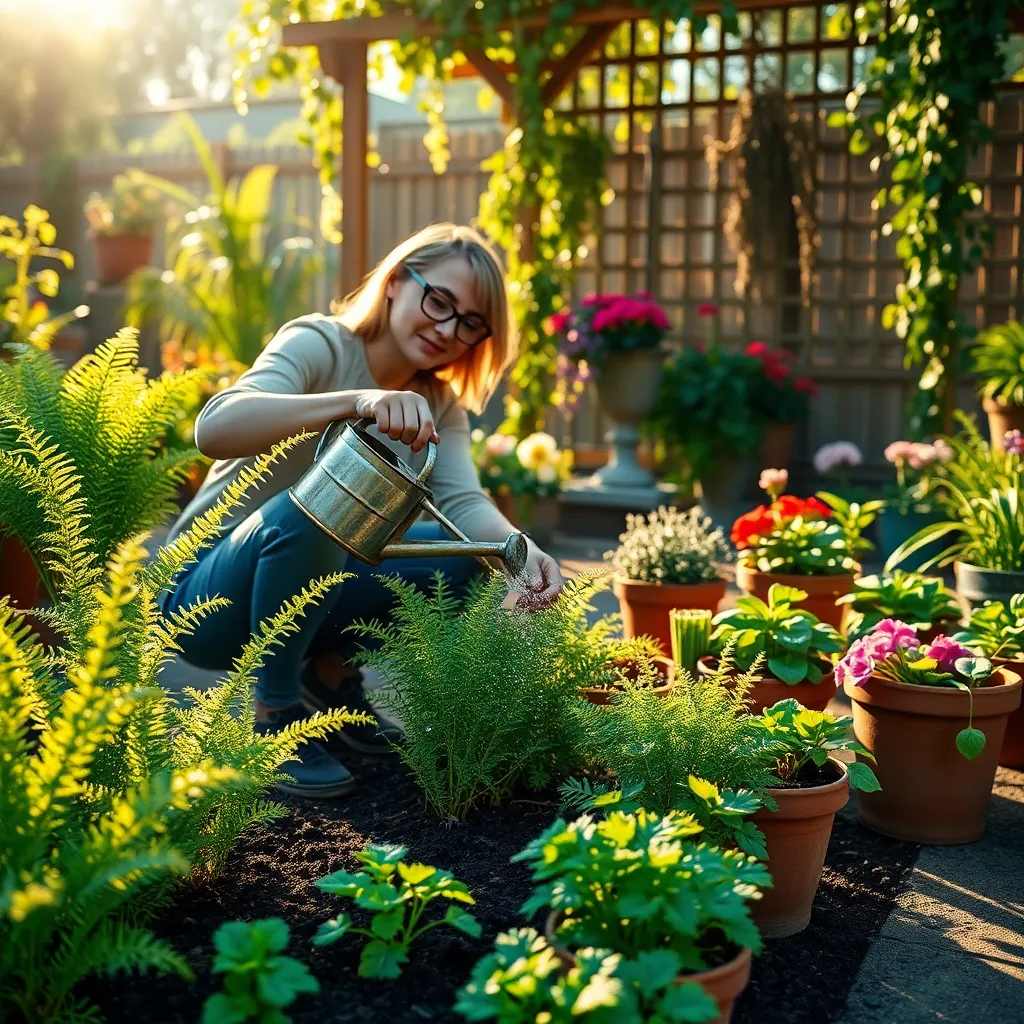
Watering at the right time is crucial for plant health, as it helps avoid issues like root rot or dehydration. Early morning is often the best time to water plants because it allows moisture to reach the roots and any excess to evaporate with the sun’s warmth.
In the morning, the cooler temperatures reduce water loss due to evaporation, making your watering efforts more efficient. By watering early, plants also have the day to dry out, reducing the risk of fungal diseases that thrive in damp conditions.
Evening watering can be an alternative if mornings aren’t feasible, but it requires careful attention. Ensure the foliage has time to dry before nightfall to prevent mold and mildew, as prolonged wet leaves can invite these problems.
For those with busy schedules, consider installing a drip irrigation system. This method delivers water directly to the soil, minimizing evaporation and ensuring your plants receive consistent moisture even when you’re not available to water them manually.
Remember that the frequency of watering depends on several factors, including soil type and plant species. Sandy soils dry out more quickly and may need more frequent watering compared to clay soils, which retain moisture longer.
Experienced gardeners often use a soil moisture meter to accurately gauge when to water, especially in regions with unpredictable weather patterns. This tool is an excellent investment, helping you water precisely and avoid over-watering, which can be as damaging as underwatering.
Signs of Overwatering and Underwatering
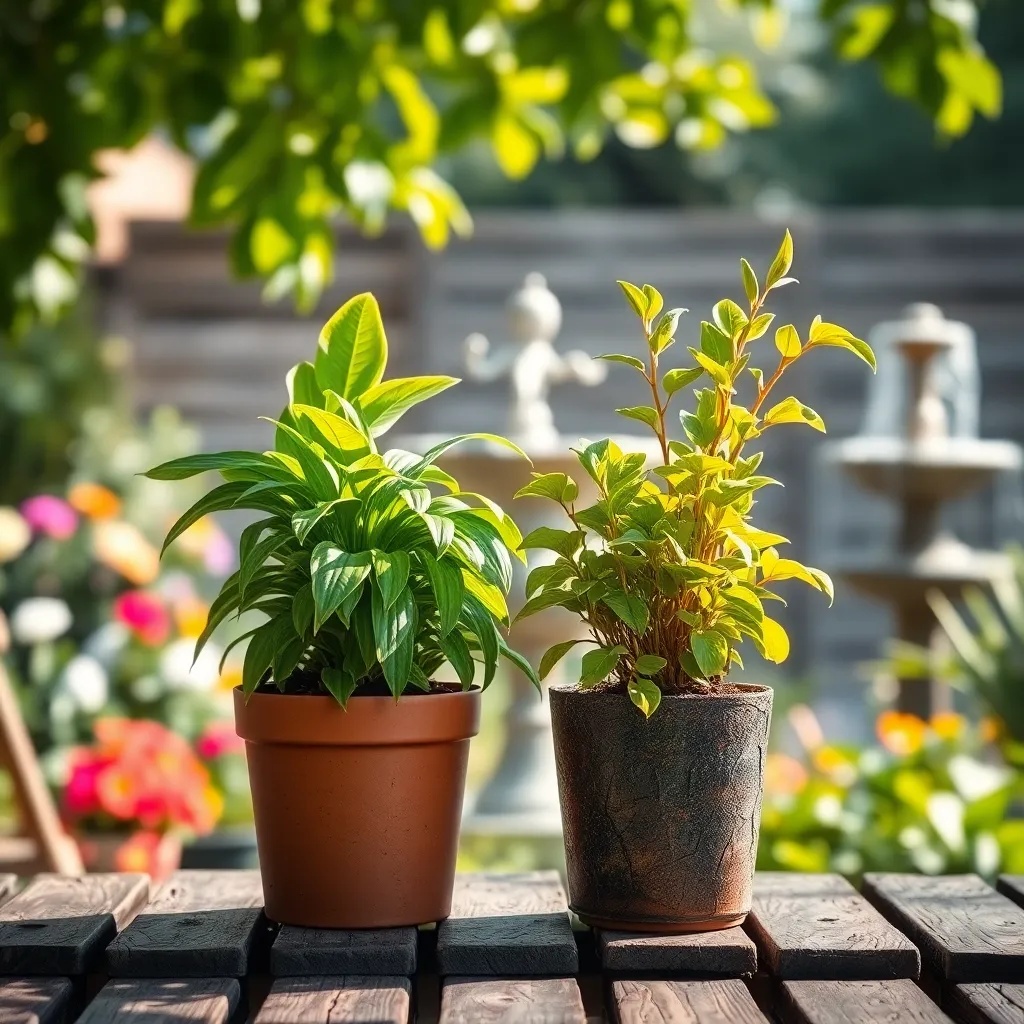
Recognizing the signs of overwatering can help you save your plants from damage. One of the most common indicators is yellowing leaves that may also become soft and wilted. To prevent overwatering, ensure your soil has good drainage capabilities by mixing in perlite or coarse sand if needed. Regularly check the moisture level by sticking your finger about an inch into the soil; if it feels wet, hold off on watering.
Underwatering often results in leaves that are crispy, brown, and curling. Plants that are not receiving enough water might also drop leaves as a survival mechanism. To combat underwatering, establish a consistent watering schedule based on the plant’s needs and environmental conditions. Consider grouping plants with similar water requirements together to streamline your watering routine.
Improper watering can be detrimental, especially for plants like succulents and cacti, which require specific conditions. These plants thrive in well-draining soil and typically need less frequent watering compared to other varieties. When caring for these species, let the soil dry out completely between waterings to mimic their natural arid environment. Use pots with drainage holes to facilitate excess water runoff and prevent root rot.
It’s crucial to adapt your watering habits to seasonal changes and plant growth cycles. During the growing season, plants may require more water, while in dormant periods, less is needed. Always adjust your watering frequency according to the plant’s current needs and the climate conditions. Monitoring your plants regularly will help you catch any signs of over or underwatering early, allowing for prompt corrective action.
Seasonal Watering Adjustments
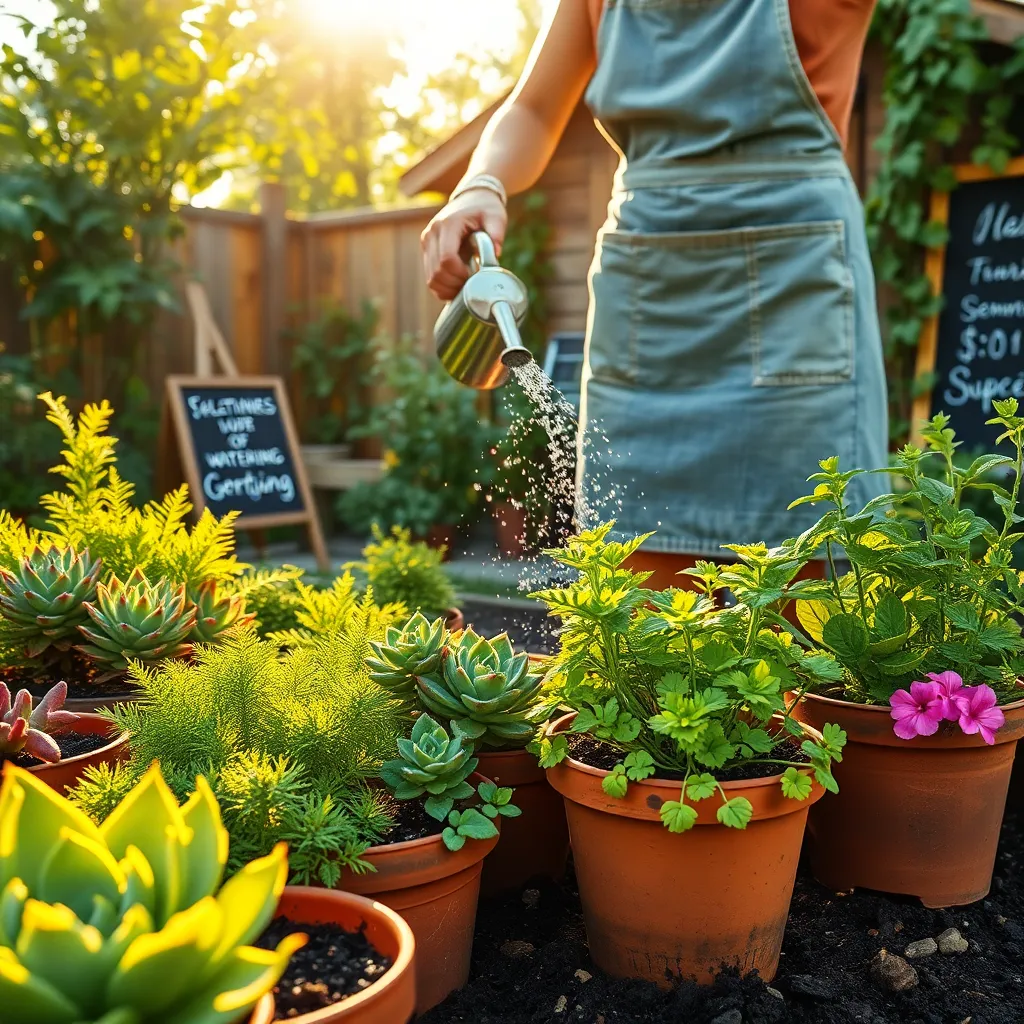
Adjusting your watering schedule with the seasons is crucial for maintaining plant health. During spring, as temperatures rise and daylight increases, plants often require more frequent watering to support new growth.
Summer presents its own challenges, with heat and increased evaporation rates demanding that gardeners pay close attention to soil moisture. It’s advisable to water early in the morning or late in the afternoon to minimize water loss and ensure plants have what they need throughout the day.
In autumn, as temperatures cool and days shorten, plants generally need less water. This is a good time to start cutting back on watering frequency to prepare plants for the dormancy period ahead.
Winter watering requires special care, especially if you live in a region with freezing temperatures. Ensure that the soil is not waterlogged, as excess moisture can freeze and damage roots; instead, water sparingly and only when the soil is dry to the touch.
- Test soil moisture by inserting a finger about an inch deep—if it feels dry, it’s time to water.
- Consider using mulch to help retain moisture during hotter months.
- For advanced gardeners, setting up a drip irrigation system can offer precise and efficient watering year-round.
Efficient Watering Methods Explained
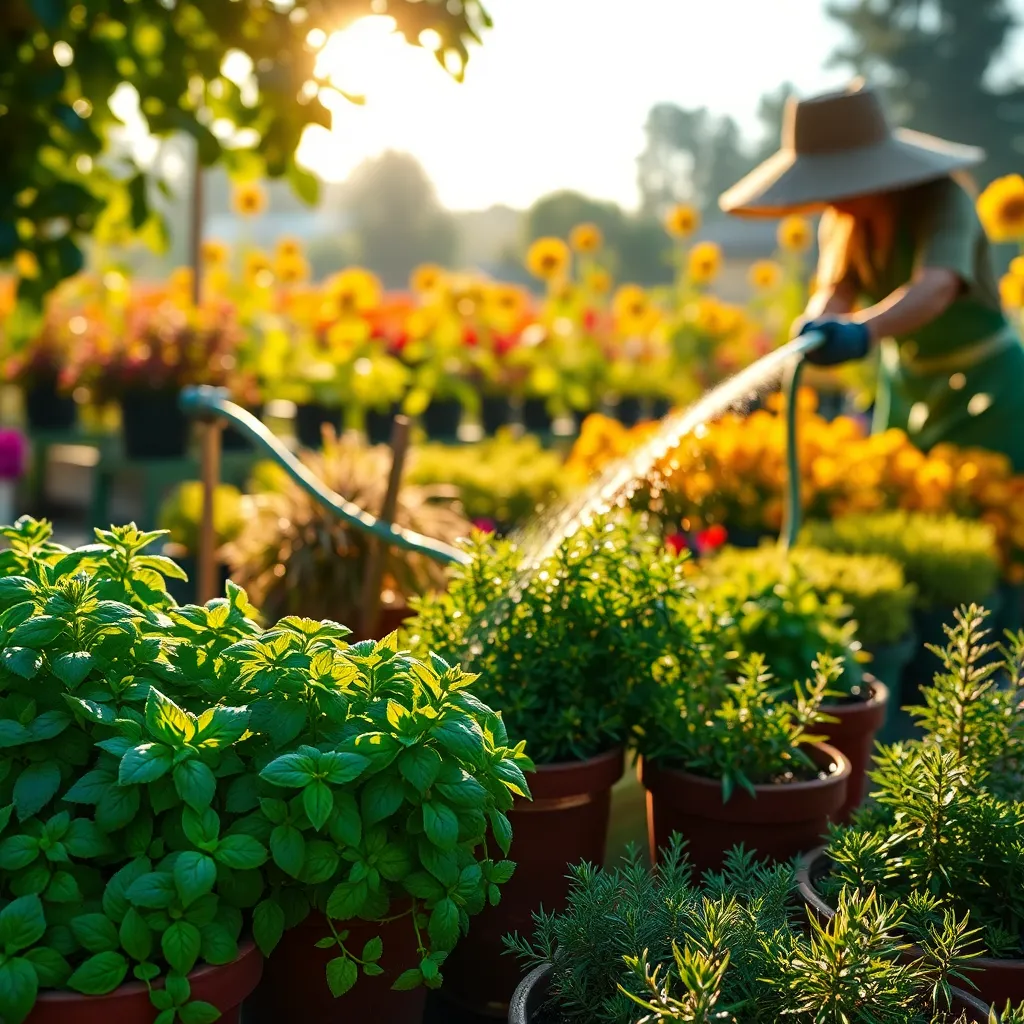
Efficient watering methods are essential for maintaining healthy plants and conserving water. One effective technique is drip irrigation, which delivers water slowly and directly to the plant roots, minimizing evaporation and runoff. This method is particularly beneficial for gardens in arid regions where water conservation is critical. To install a drip irrigation system, lay out tubing along your garden rows and attach emitters near the base of each plant.
Another practical approach is using a soaker hose, which is a porous hose that allows water to seep out slowly over time. This method is ideal for flower beds and vegetable gardens, ensuring that water penetrates deeply into the soil. Set your soaker hose in place and cover it with mulch to reduce evaporation and improve water absorption. It’s important to check the flow rate and adjust it according to the needs of your specific plants.
For those with smaller gardens or container plants, watering cans and handheld hoses can be highly effective. Choose a watering can with a narrow spout to direct water right to the base of plants, minimizing foliage wetting, which can lead to disease. When using a hose, attach a spray nozzle with a gentle setting to avoid damaging delicate plants. Water early in the morning or late in the evening to reduce evaporation and allow plants to absorb moisture more effectively.
Mulching is an often-overlooked yet highly efficient method for improving water retention in the soil. Apply a layer of organic mulch, such as wood chips or straw, around your plants to help maintain soil moisture and reduce watering frequency. This technique also helps to suppress weeds and regulate soil temperature. By incorporating mulch, you’ll create a more sustainable garden environment that requires less frequent watering.
Conclusion: Growing Success with These Plants
In nurturing both plants and relationships, timing and attention are everything. We explored five key concepts to ensure your green companions and personal connections thrive. First, understanding the unique needs of each plant, much like recognizing the individuality of your partner, allows for better care. Second, listening to signs of overwatering or neglect parallels tuning into emotional cues. Third, consistency in watering routines reflects the value of steady support in relationships. Fourth, adapting to seasonal changes teaches flexibility, vital for evolving partnerships. Lastly, the importance of patience in growth applies to both plants and love.
To put these insights into action, start by observing one relationship this week, whether with a friend, partner, or family member, and identify one small change you can make to enhance it. As you embark on this journey of growth and understanding, bookmark this article for ongoing guidance and inspiration. Your dedication today plants the seeds for flourishing relationships tomorrow. Remember, just as a well-cared-for plant rewards you with beauty, a nurtured relationship enriches your life abundantly. Save this guide as a cornerstone for your continuous journey of love and care, and watch as your connections blossom into lasting success.

